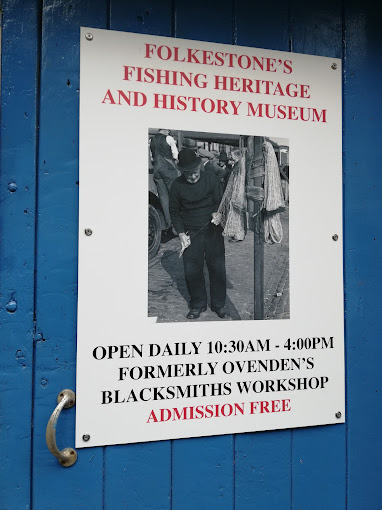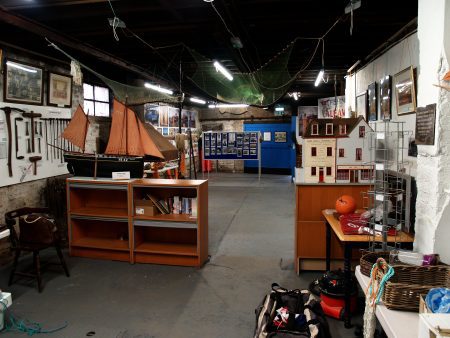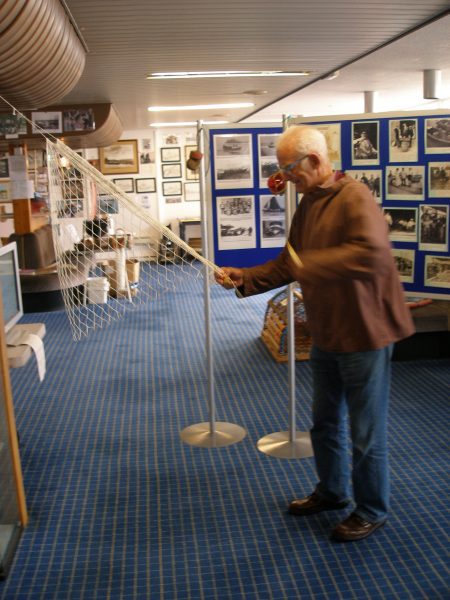FH STORIES | THOU SHALT HAVE A FISHIE ON A LITTLE DISHIE
Fishing has been an important part of Folkestone’s heritage for centuries, with countless generations of families heading out onto the sea to bring home fish like cod, plaice, dabs, sole, bass, whiting and mackerel, as well as lobsters, crabs and other shellfish for our plates, and for the many restaurants around.
Did you know we have our very own museum devoted to the subject?

THE FOLKESTONE FISHING MUSEUM
Nestled under the arches behind the Shell Shop on The Stade, the Museum tells the story of Folkestone’s fishing history. There is also another entrance at 2 Radnor Street.
Run by retired fishermen, whose forebears also fished from here, it’s a fascinating treasure trove of facts, fun and memorabilia. Members of the volunteer team have donated family belongings, and there’s always someone on hand to recount their memories and tell the tales of yore.
Young ones can get hands-on trying out the ship’s bell and hand-operated foghorn, while the dextrous can have a go at tying knots, rope splicing and learn how to breed meshes onto a net.
Events in real time are there too – you can watch live ship movements in the English Channel, and listen in to Dover Harbour Board and the Coast Guards on the Museum’s marine radio receivers.
FROM FISHING TO SMUGGLING…
Fishing was Folkestone’s main employment for centuries. While west Folkestone became a fashionable place to take in the sea air and stroll in the elegant gardens, The Stade and the harbour area remained true to their roots – a tangle of fishermen’s huts, fish markets, sail lofts, drying sheds for the nets, ships chandlers and pubs.
Smuggling of course was another famous source of money… it paid more than fishing, and fishermen and farm labourers were often in cahoots to bring the booty home and unload it on its way. In fact, a Royal Commission in 1746 stated that 6 tonnes of tea and 1,000 gallons of brandy were smuggled into Folkestone alone each week!
In 1859, local author and historian J. S. Mackie wrote ‘Folkestone fishermen are generally good natured improvident fellows, who live well while they have money, and starve when they haven’t, and have knowing, queer tales to tell you’ – maybe smuggling stories among them?


FOLKESTONE HARBOUR TODAY
Still the home of the Folkestone fishing fleet, the old harbour has changed massively in recent years. The ferry terminal finally closed in 2000, and in the years that followed massive investment has seen the Harbour Arm restored, bringing new life to the area.
The Harbour Arm promenade is packed with restaurants and bars, and makes a fine place to look out to sea or back to the harbour, and wandering along The Stade enables you to get a great view of the Harbour Arm itself.
It’s now packed with visitors and locals alike – so next time you’re there why not pop in to the Folkestone Fishing Museum?
The Folkestone Fishing Museum
2 Radnor Street
Folkestone CT19 6AQ
FREE
Open daily from April 9-November 13, 10.30am-4.00pm
www.dandipal.uk/fishermen/index.htm
Facebook @FFHHMuseum